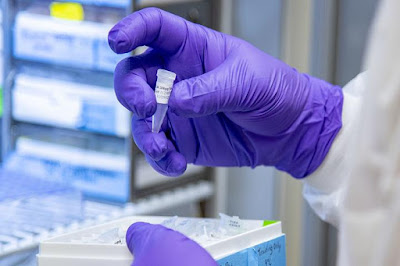ADME (absorption, distribution, metabolism, and excretion) toxicology testing is used all over the world, especially in regions such as the U.S., U.K., and Italy. ADME (absorption, distribution, metabolism, and excretion) toxicology testing is the study of toxins by any organ system. It can be administered either intravenously, intramuscularly, or subcutaneously through injection. These toxins are usually present in aqueous solutions, plasma, or urine. ADME (absorption, distribution, metabolism, and excretion) toxicology testing has become more widely used in recent years due to the rising toxicity of drugs. Many clinical tests used for diagnosing toxicity include blood, saliva, skin, and urine.
ADME (absorption, distribution, metabolism, and excretion) toxicology testing can be performed on human cells in vitro with human neutrophils, lymphocytes, and monocyte. These cells are grown in dishes and examined for their appearance, proliferation, performance, and cytotoxicity. ADME (absorption, distribution, metabolism, and excretion) toxicology testing can also be evaluated in a laboratory in a variety of media including whole blood, lymph broth, serum, and cervical fluid. Other assays that may be performed in a laboratory include cell culture superantigens and enzyme-linked immune-sorbent assay. The use of ADME (absorption, distribution, metabolism, and excretion) toxicology testing allows researchers to study various components of human exposure to different chemicals and toxins. In regions such as the United States, the increasing prevalence of labs has increased the requirements for ADME (absorption, distribution, metabolism, and excretion) toxicology testing. For instance, according to American Clinical Laboratory Association, in 2020 there were more than 28,140 labs in the U.S.
In order to perform successful drug discovery and development, ADME (absorption, distribution, metabolism, and excretion) toxicology testing is necessary at the earliest possible time. Therefore, toxicologists conduct many toxicity tests targeting a wide variety of potential toxicities. For example, ADME (absorption, distribution, metabolism, and excretion) toxicology testing may be conducted on volunteers before they are exposed to a new chemical compound in the lab. Samples of their blood, urine, or tissues may be collected and subjected to various experimental procedures. Once toxic materials are detected, they can be avoided by controlling exposure. ADME (absorption, distribution, metabolism, and excretion) toxicology testing feature allows researchers to design genetic substances that contain desired RNAs for drug discovery and treatment. This convenient procedure also enables the detection of unlikely biological effects that may be caused by foreign chemicals in the sample.





No comments:
Post a Comment